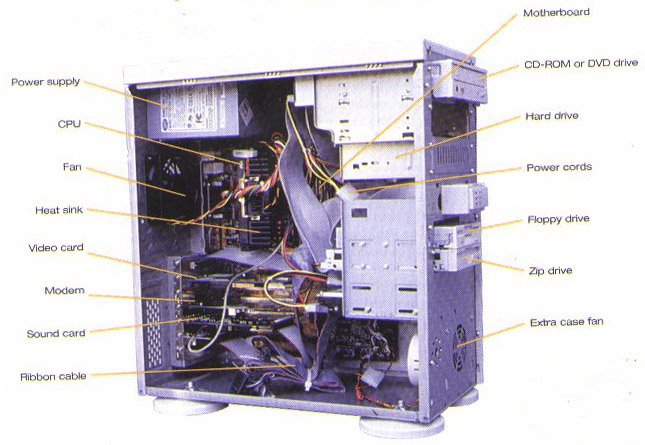 Intel D925XCV. This mainboard is based on the Intel 925X Express chipset. I used this mainboard to examine the performance of this chipset with dual-channel DDR2-533 and dual-channel DDR2-400 memory.
Intel D925XCV. This mainboard is based on the Intel 925X Express chipset. I used this mainboard to examine the performance of this chipset with dual-channel DDR2-533 and dual-channel DDR2-400 memory. As a result, the board supports four SerialATA channels which allow setting up two RAID arrays of levels 0,1 or MatrixRAID.
As a result, the board supports four SerialATA channels which allow setting up two RAID arrays of levels 0,1 or MatrixRAID.Also, due to the ICH6R the board offers 8 USB2.0 ports. Four of these are installed on the rear panel, with 4 more connected with brackets (the board comes bundled with one bracket for two ports).
Intel D925XCV also supports IEEE1394 ("Firewire"). To that end, there is an additional Agere's FW323-06 controller onboard.

Therefore, the board offers support for up to 3 IEEE1394 ports: one mounted on the board's rear panel, with the other 2 connected through a bracket (there is a bracket that is put as a bundled item).
Intel D925XCV also offers 8-channel integrated Intel High Definition Audio, with ALC880 chip used as the codec.

A cocple of words on the overclocking: there is a high-speed Marvell Yukon 88E8050 (Gigabit Ethernet) LAN controller onboard. It is connected directly to a separate PCI Express bus, which gives a substantial increase the real data transmission rate.

Now take a look at the board's rear panel.

We have a standard set of connector: PS/2 ports for the keyboard and mouse, one parallel and one serial ports, audio outputs for the 8-channel audio, optical and coaxial SP-DIF outputs, four USB2.0 ports, one Firewire and one network port (RJ-45).
Intel D925XCV has only one jumper that is used for clearing the BIOS settings. Its operation principle is somehow different from other, similar jumpers. In the nominal position (1-2), the system starts up normally; in the (2-3) position we immediately get into the BIOS regardless of any settings (including the memory latency timings). The user can also change any passwords. But if we leave the jumper completely open, then the "BIOS recovery from diskette" function will snap on.
The board features in an additional Molex power connector installed in the bottom-left corner of the board (which means it will be missing on the microATX version).

It is possible to plug in whatever additional devices inside the housing (e.g. illumination :). It should be noted also that power application is adjustable from within the BIOS.









No comments:
Post a Comment